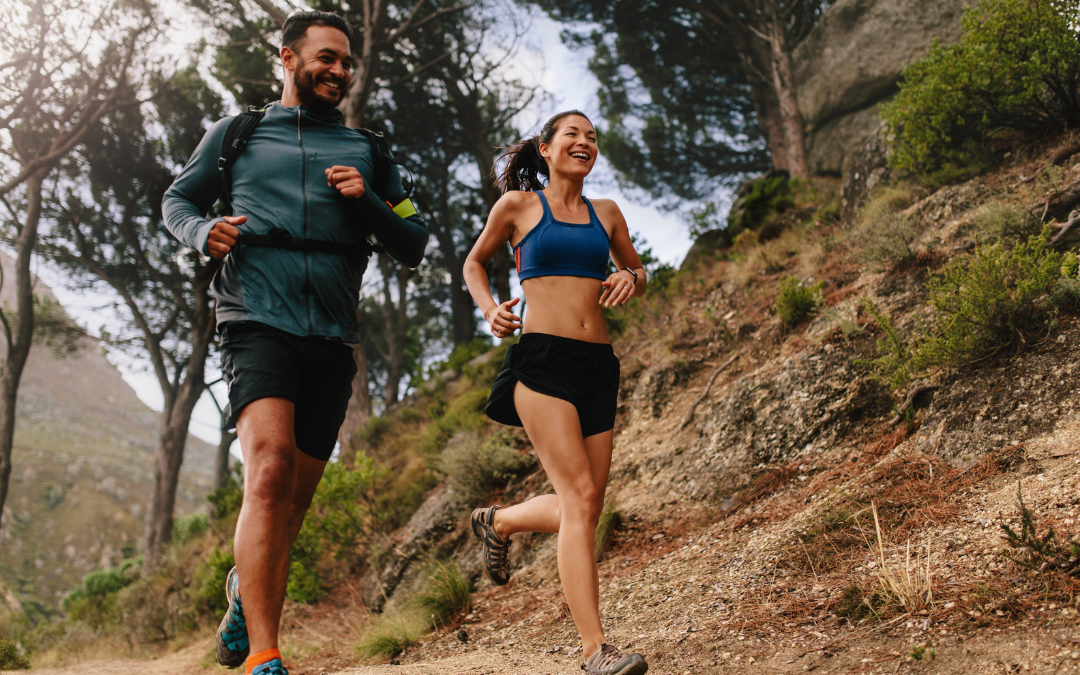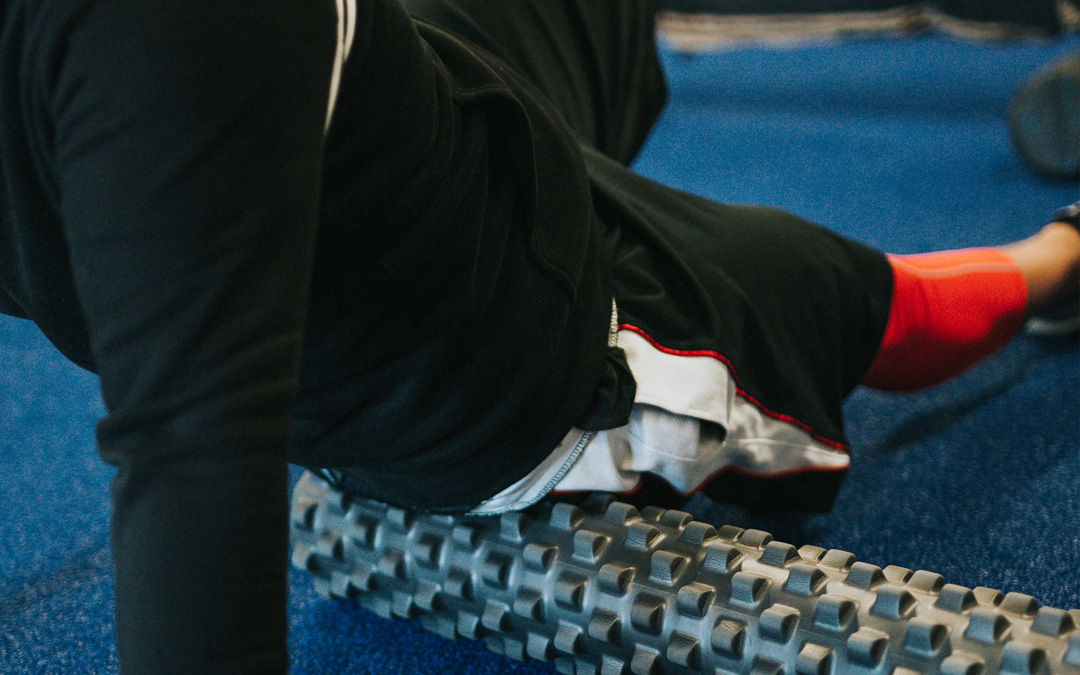Exercise can be classified as either strength-focused or endurance-focused with interval training occupying the middle ground. When we hear “VO2max”, it’s most often in conjunction with endurance training. There may be a genetic predisposition to VO2max giving the impression that it’s a fixed trait. Moreover, there’s a general belief that a large VO2max translates into great performance while a limited VO2max leaves no hope for notable performance. This leads to a conclusion that if you don’t have a genetic predisposition to cardiorespiratory efficiency, you can’t be a successful endurance athlete. Performance, like most things in life, is rarely so simple. We’ll explore VO2max, its relationship with performance, and the effect of aging on VO2max.
VO2max
VO2max is a measure of the body’s ability to use oxygen to produce energy. It stands to reason then, that the better your body is at bringing in and using oxygen, the more energy you produce, and the better you perform. Unfortunately, the formula for success isn’t that clear cut. We’ll take a deeper dive into performance later. VO2max depends on things like lung capacity, how efficiently your heart pumps blood and at what volume, and the ability of your arterial system to deliver oxygenated blood to the muscle. An endurance athlete who’s in “better shape” can retain a higher percentage of VO2max while exercising/competing because the more fit athlete pumps more blood/delivers more oxygen per heartbeat. With aging, there seems to be a decrease in cardiac output and skeletal muscle changes both of which lessen VO2max. The fractional utilization of VO2max, is the percentage of your VO2max that can be sustained during an exercise bout or event and is written as %VO2max. For example, 2 athletes with the same VO2max, a novice and a professional, can run a 10K with very different %VO2max values and therefore, performances.
Running Economy
You could successfully argue that the previous example is very simplistic. But what happens when you compare 2 athletes of similar ability with similar values of VO2max and %VO2max? That’s where running economy comes in. When athletes are largely comparable from a physiological standpoint, it helps to have a value that considers neuromusculoskeletal factors. In other words, some athletes move better/more efficiently than others which means that these athletes lose less energy as they run and move. How can you become a more efficient mover? Some of your efficiency is based on genetics but running economy can also improve with training (strength and cardiorespiratory) and improved technique. Interestingly, there doesn’t seem to be a difference in running economy between runners with a rearfoot strike and those with a non-rearfoot strike.
Performance
To complicate things further, the most efficient athlete with the best VO2max and %VO2max doesn’t always win or win every time they compete. Performance is also affected by things like stress, sleep, nutrition, coping skills, and self-efficacy (which we’ll define as your belief that you can win) and locus of control (your belief that you’re in control of the outcome). A gifted athlete with a great physiological profile can still perform poorly under great stress, especially if for example, jet lag has caused irregular sleep and traveling has caused diet irregularities.
Summary
VO2max measures your body’s ability to take in oxygen, deliver it to muscle, and use it to produce work. It does seem to decrease with age. There’s likely a genetic component to your VO2max and there’s a disconnect between VO2max and performance; performance has many other factors affecting it including sleep, nutrition, stress, and the belief in oneself. VO2max and related measures like % VO2max and running economy can be modified by cardiovascular conditioning strength training, and improved skill or efficiency of movement.
References:
- Betik AC, Hepple RT. Determinants of VO2max Decline with Aging: An Integrated Perspective. Appl Physiol Nutr Metab 2008;33:130-140.
- Barnes KR, Kilding AE. Running Economy: Measurement, Norms, and Determining Factors. Sports Med-Open 2015;1(8) DOI 10.1186/s40798-015-0007-y.
- Anderson LM, Bonanno DR, Hart HF, Barton CJ. What are the Benefits and Risks Associated with Changing Foot Strike Pattern During Running? A Systematic Review and Meta-analysis of Injury, Running Economy, and Biomechanics. Sports Med 2020;50(5):885-917.








